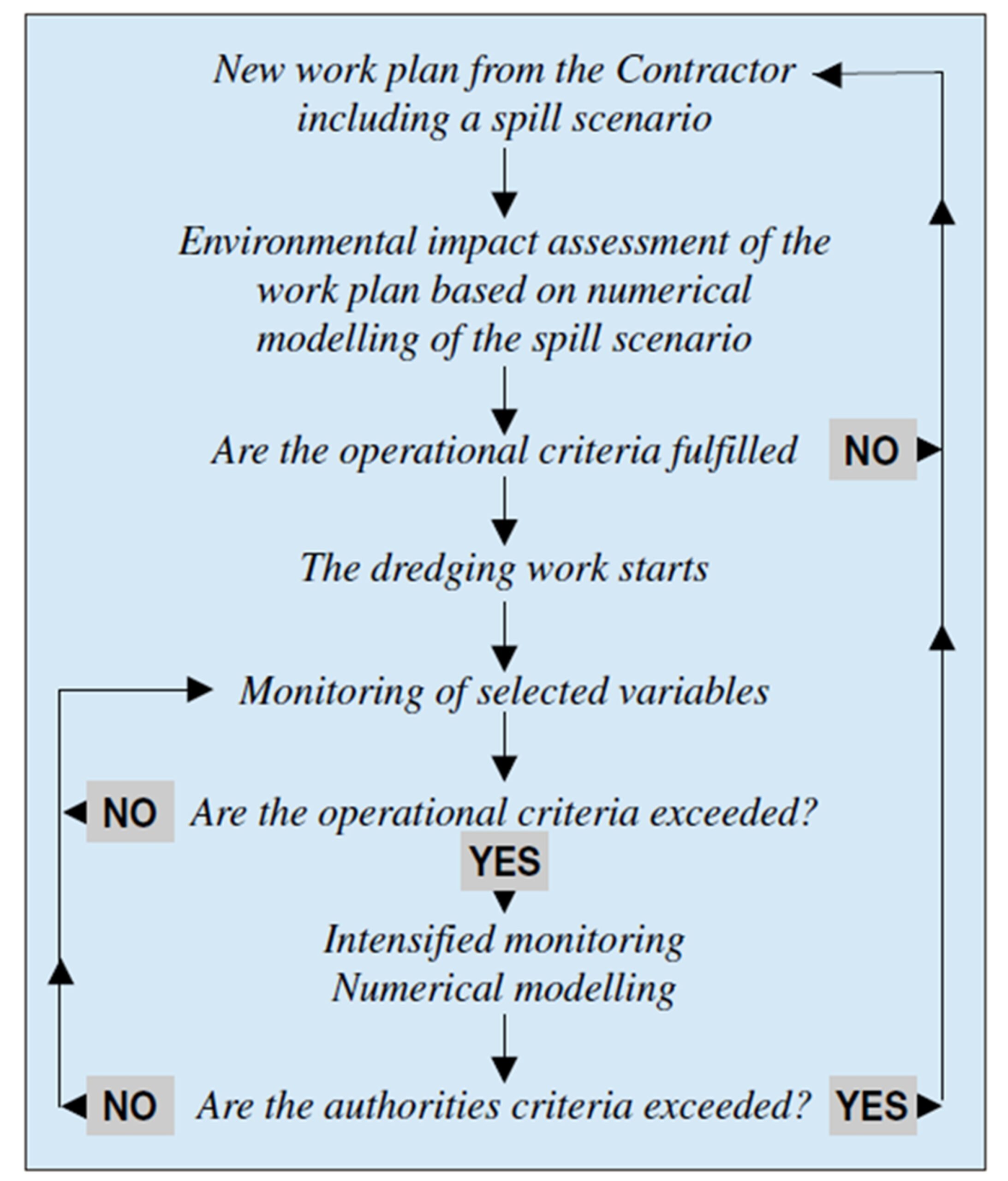Construction
During the construction phase, the open communication between Øresundskonsortiet and Contractor(s) demonstrated to be a very essential part in obtaining the project’s objectives.
Request for Proposal
The design and construct concept adopted for the large construction contracts allowed the contractors’ innovative freedom in the choice of design and construction methods, while respecting the owner’s wishes. The contractors were allocated the responsibility for the detailed design and the construction of the different parts of the civil structures and installations of the link.
Contract negotiation
The final report on the tender evaluation by Øresundskonsortiet’s consultants included recommendations for awarding the contract and a list of matters which would have to be resolved with the preferred consortium before the award could be made. Øresundskonsortiet accepted these recommendations and a dialogue was opened with the preferred consortium.
Øresundskonsortiet insisted that at the time of signing the contract there should be no known areas of doubt and no unresolved issues. The parties involved in the dialogue realised that price and scope were not negotiable, the dialogues were to clarify and resolve uncertainties.
Detailed design
The requirements to ensure continuity between contracts were fixed by the owner. These were laid down in the reference design and functional specifications. Within these bounds, constructors had considerable scope to make the design compliant with all design requirements and at the same time suiting their preferred construction method.
Measures to ensure compliance with the environmental requirements
The rigorous environmental requirements concerned the environmental impacts both during construction and after completion of the link. To ensure compliance with these requirements during construction several measures were taken.
First of all, each contractor had to provide an elaborate method statement with substantial environmental paragraphs. Construction works could not start before this statement had been approved. Strict adherence to this method statement gave the client, authorities and the public confidence that works were executed within agreed limits, to be confirmed directly by monitoring. Contractors had to monitor the environmental aspects (short-term monitoring) for which they were responsible, such as the amount of dredged materials, the amount of spill, and the distribution of the spill in space and time. Requirements that should be met included:
- The total dredged volume should not exceed 7.5 million m3 of seabed material. When the project was almost finished in 1998 the total dredged volume was 7.4 million m3, so this requirement was met.
- The spill volume should not exceed 5% of the total dredged volume on average. Spillage was allowed to temporarily exceed this percentage during certain seasons, but it had to be less in the growth and breeding season. This requirement was also met, with an average spill percentage of 4.2.
The second measure to ensure compliance with the environmental requirements was the implementation of an intensive environmental monitoring program (long-term monitoring), called feedback monitoring. Its aim was to ensure the earliest possible intervention whenever there was a risk of environmental norms being exceeded (see figure). Monitoring was intensive and focused on factors with a rapid response to changes. In this case ‘feedback’ means immediate action whenever a breach of norms was observed or predicted. Such action may involve increased monitoring, adjustment of the construction work, or even temporary suspension of construction operations. One of the operation control options was to put a dredging vessel on maintenance, rather than dredging, as soon as the allowable mean sediment spillage rate threatened to be exceeded in a certain time interval. Because of the successful spillage control, none of the biological feedback loops resulted in a change of construction operations. The only time construction of the artificial island Peberholm was interrupted for a period of 10 days was due to severe ice conditions in the winter 1995-96.

Thirdly, independent of Øresundskonsortiet, the Danish and Swedish authorities carried out their own monitoring and control program. The objective of this program was to assess whether the overall environmental effects of the construction were in line with the analyses and model predictions upon which the work has been planned, and whether the set environmental norms had been observed. The monitoring was therefore directed towards a broader section of the ecosystem, as opposed to the feedback monitoring which focused on the state of eelgrass and mussels, two particularly sensitive species. Samples showed that the impact on both these species remained within expected and acceptable bounds.
Finally, guidelines for the handling of waste, wastewater from ships and work sites, oil spill emergency systems, etc. were drawn up in order to minimise the environmental impact of the dredging works.
Construction with minimal environmental impact
Before tendering, research was done to establish realistic environmental norms. These requirements were clearly communicated and each actor was clear on his responsibility regarding the environmental impact of his activities. The extensive monitoring program proved to work well and the construction was completed 6 month ahead of the original time schedule, within the agreed budget and with a minimal environmental impact.
